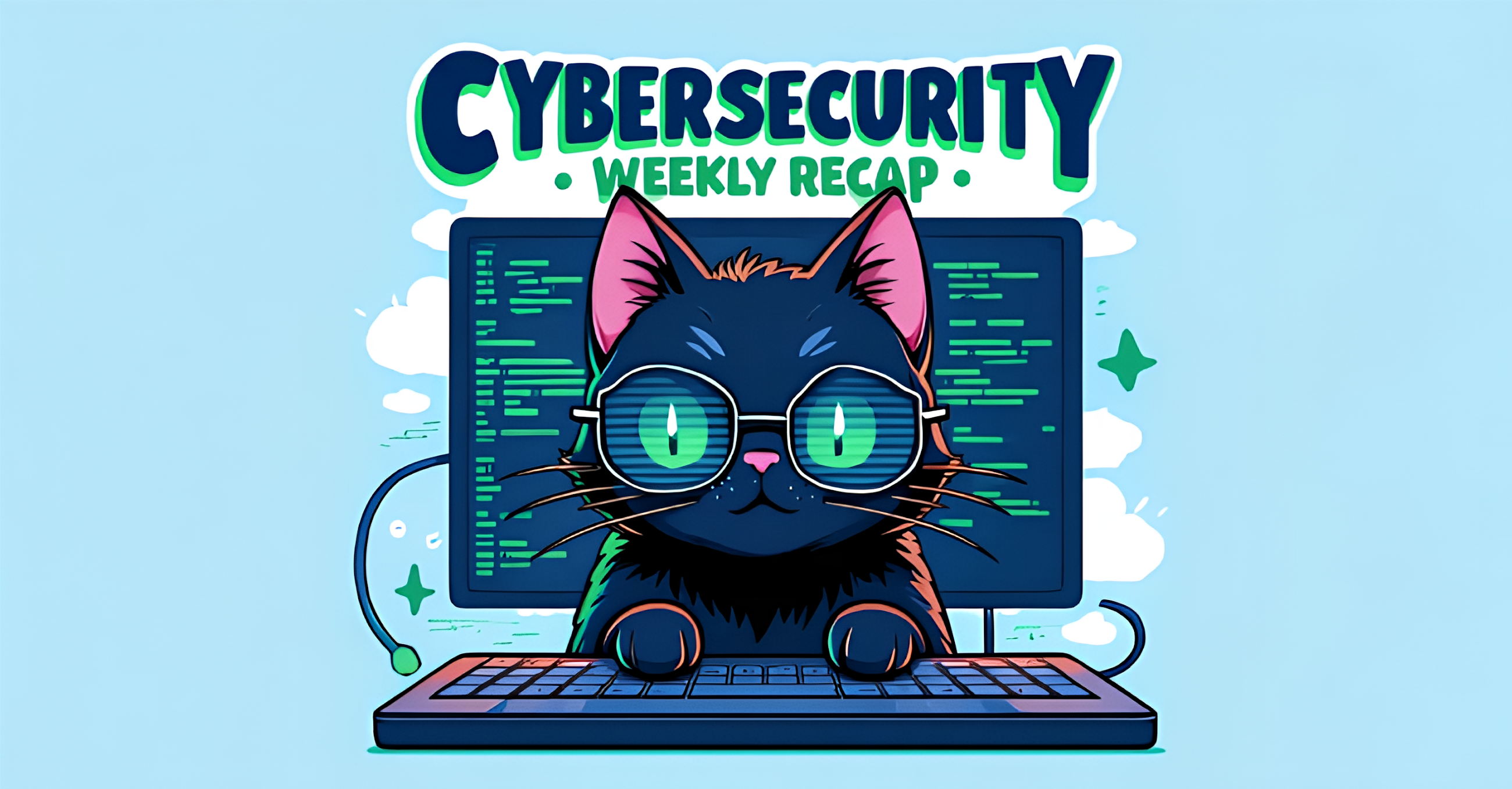Cybersecurity Weekly: Breaches, Exploits & Emerging Threats - October 27, 2023
The digital landscape is constantly evolving, and so are the threats to our cybersecurity. This week saw a flurry of activity, from large-scale data breaches to the emergence of novel exploits and the persistent threat of sophisticated malware. Staying informed is crucial for individuals and organizations alike. Let's dive into the key cybersecurity events of the past week.
Major Data Breaches: The Ripple Effect of Vulnerability
This week witnessed several significant data breaches, highlighting the ongoing vulnerability of even the most established organizations. One notable incident involved [Insert Name of Company and Briefly Describe the Breach, e.g., "Retail giant, 'MegaMart,' experienced a breach exposing the personal data of over 1 million customers, including names, addresses, and credit card information."]. The company has since issued a statement, [Insert Link to Company Statement, if available], acknowledging the breach and outlining steps taken to mitigate further damage. This incident underscores the critical importance of robust data protection measures and regular security audits.
Another significant breach targeted [Insert Name of Company and Briefly Describe the Breach], showcasing the persistent threat of phishing and social engineering attacks. These breaches highlight the human element in cybersecurity, emphasizing the need for comprehensive employee training programs focused on identifying and avoiding phishing scams.
Exploits and Vulnerabilities: A Constant Arms Race
The past week also saw the discovery of several critical vulnerabilities in widely used software and applications. A zero-day exploit targeting [Insert Name of Software/Application and Briefly Describe the Exploit] was identified, prompting immediate action from developers to patch the vulnerability. This underscores the importance of keeping software updated with the latest security patches to prevent exploitation. Security researchers are constantly working to identify and address these vulnerabilities, but staying ahead of the curve requires vigilance and proactive patching.
Emerging Threats: Staying Ahead of the Curve
Beyond specific breaches and exploits, several emerging threats are demanding attention. The rise of [Insert Specific Emerging Threat, e.g., "AI-powered phishing attacks"] is causing concern among cybersecurity professionals. These sophisticated attacks leverage artificial intelligence to create highly personalized and convincing phishing emails, making them incredibly difficult to detect. Similarly, [Insert Another Emerging Threat, e.g., "The increasing sophistication of ransomware attacks"] continues to pose a significant risk, with attackers demanding increasingly higher ransoms and employing more advanced encryption techniques.
Protecting Yourself: Best Practices
In light of these recent events, it's crucial to reinforce cybersecurity best practices:
- Strong Passwords: Use unique, complex passwords for all your online accounts and consider a password manager.
- Multi-Factor Authentication (MFA): Enable MFA wherever possible for an extra layer of security.
- Software Updates: Regularly update your software and applications with the latest security patches.
- Phishing Awareness: Be vigilant about suspicious emails, links, and attachments.
- Data Backups: Regularly back up your important data to prevent data loss in case of a ransomware attack or other incidents.
- Security Awareness Training: Invest in comprehensive cybersecurity training for employees.
Conclusion: Vigilance is Key
The cybersecurity landscape is dynamic and ever-changing. Staying informed about emerging threats and best practices is crucial for individuals and organizations alike. By implementing robust security measures and staying vigilant, we can better protect ourselves and our data from the ever-evolving threats in the digital world.
Disclaimer: This article provides general information and should not be considered professional cybersecurity advice. For specific security concerns, consult with a qualified cybersecurity professional.
Call to Action: Subscribe to our newsletter for weekly updates on the latest cybersecurity news and insights! [Link to Newsletter Sign-Up]

